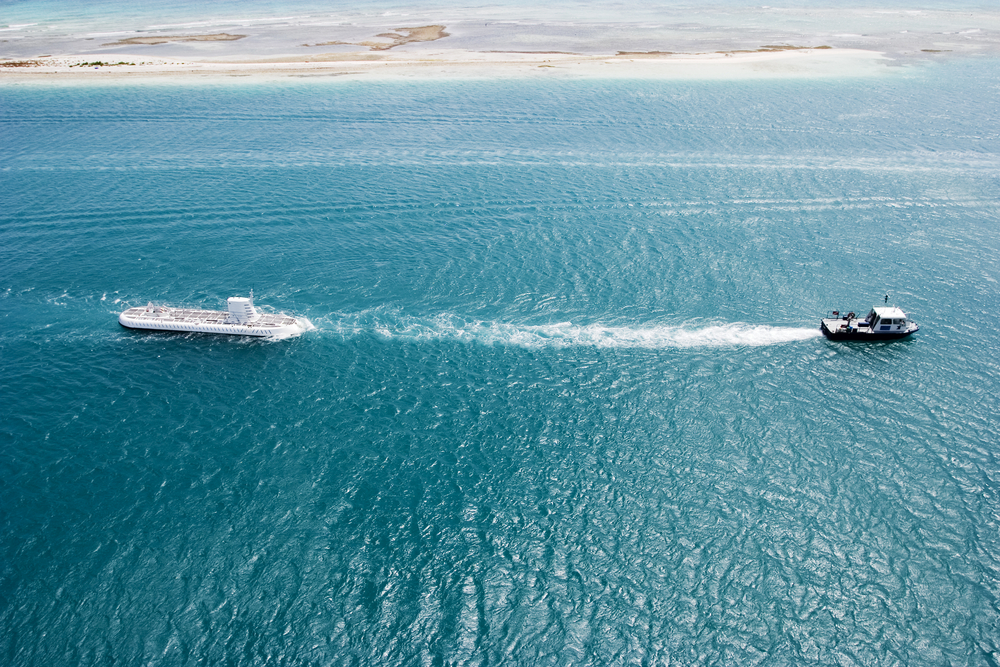Equinix’s most recent win with the Monet consortium (announced today), represents an industry first for deploying an open submarine cable architecture together with an integrated cable landing station; colocation and interconnection inside a network-dense, multi-tenant data center. In addition to this most recent win, Equinix has been selected as an interconnection partner in more than 10 of the current submarine cable projects, and will provide direct access to an aggregation of networks and clouds at Equinix International Business Exchange™ (IBX®) data centers that are located in proximity to the coastal termination points. Equinix global IBX data centers are ideal for landing submarine cables, providing a one-stop shop for operators’ needs from cable landing station to backhaul and interconnection. Additionally, Equinix has extended its support model to meet the unique needs of submarine cable systems, supplying a turnkey solution for all the requirements of submarine cables including the cable landing station, power, colocation and interconnection.
Current submarine cable projects that Equinix is engaged with and has publically announced include: Southern Cross Cable Network (California - Sydney); Aqua Comms (New York - London); Hibernia Express (New York - London); Cinia (Germany - Finland); Trident (Australia - Indonesia - Singapore); Globenet (Florida - Brazil); Asia Pacific Gateway (China - Hong Kong - Japan - South Korea - Malaysia - Taiwan - Thailand - Vietnam - Singapore); Hawaiki Cable Limited (U.S. – Australia – New Zealand); Gulf Bridge International (Middle East - Europe); FASTER (U.S. West Coast - Japan); Seaborn Networks (New York - Sao Paulo); and Monet (Florida - Brazil), the newest project announced today.
Hosting Monet’s Florida cable landing equipment directly into Equinix’s MI3 IBX represents a new innovative design in submarine cable infrastructure. For the cable owners, the deployment will eliminate a separate cable landing station and simplifies network design -- speeding up the deployment and reducing the need for dedicated cable station construction. For cable users, termination at a multi-tenant data center with rich interconnection opportunities greatly eases onward transport.
Equinix is collaborating with CSPs and introducing key innovations in submarine cable design and operations that leverage interconnection and data centers. Monet will provide state-of-the-art connectivity technology to enable the development of value-added and new generations of cloud services, including content distribution to the Latin American Market. The new architecture is developed to meet the needs of large CSPs for speed, efficiency and open system design.
The submarine cable industry is experiencing explosive growth driven primarily by exponential increases in data traffic. According to SubTel Forum, 93,000 miles of cable will be laid in 2016, more than in the last five years combined, and more than three and a half times the circumference of the earth at the equator. Because most intercontinental Internet traffic traverses submarine cables, a greater proliferation of submarine cables is essential in this digital age, when organizations depend on instant connectivity to people, locations, clouds and data worldwide.
Cloud growth is driving the surge in data traffic and is the most important factor increasing the importance of submarine cables. Worldwide demand for cloud services is increasing, and telcos are no longer the only companies with a major interest in building and operating submarine networks. Cloud providers and major content companies are now investors in new submarine cables, as the demand for real-time access continues to grow and service providers need to stage content closer to end users.




